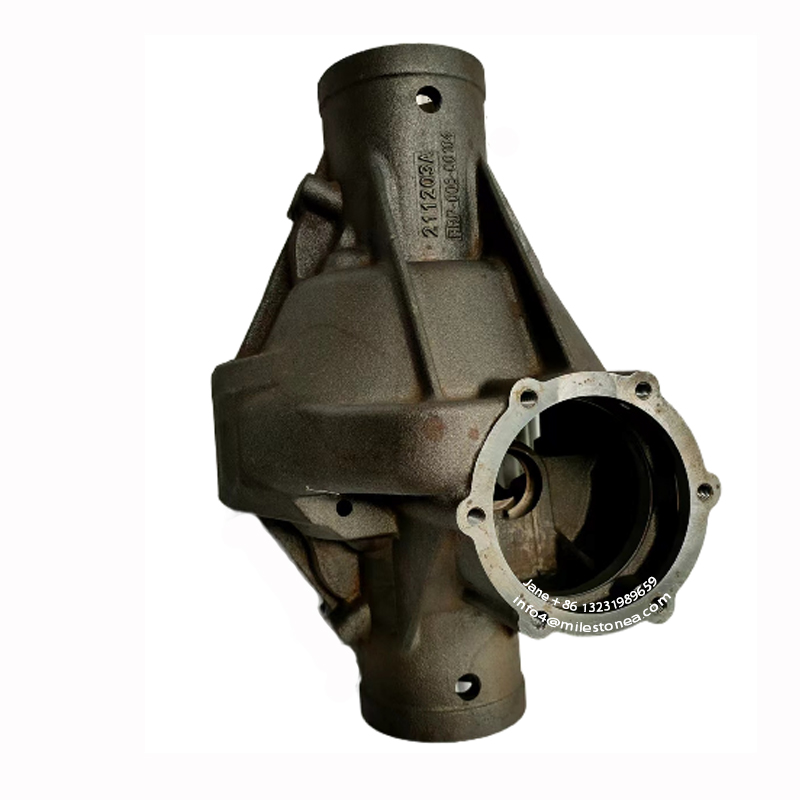Axle Parts play crucial roles in the operation and functionality of various mechanical systems, particularly in vehicles like cars, trucks, motorcycles, and bicycles. Here's a breakdown of the main functions of different components within an axle system:
1. Axle Bar or Shaft
Function: The primary role of the axle bar or shaft is to transmit the power from the engine to the wheels. It rotates around its axis, facilitating the motion of the vehicle.
Types: Axles can be classified as either rigid or semi-rigid (such as a drive shaft). Rigid axles are fixed in position relative to the chassis, while semi-rigid axles allow for some movement to improve handling.
2. Wheels
Function: Wheels are attached to the axle and are responsible for contact with the road. They provide the necessary traction and stability for the vehicle to move forward.
Components: Wheels typically consist of a rim, which holds the tire, and a
Wheel Hub that connects to the axle.
3. Bearings
Function: Bearings reduce friction between moving parts, allowing the axle to rotate smoothly. This is essential for efficient operation and longevity of the vehicle.
Types: Common types include ball bearings, roller bearings, and tapered roller bearings, each designed for specific applications based on load capacity and speed requirements.
4. Spindles
Function: Spindles are part of the
Suspension system and connect the wheel to the chassis. They support the weight of the vehicle and enable the wheel to move up and down while maintaining the tire's contact with the road.
Components: Typically include a bearing at each end to allow rotation and support the wheel assembly.
5. Differential
Function: In vehicles with four wheels, the differential allows the wheels on the same axle to rotate at different speeds when turning, ensuring smooth and controlled steering.
Types: Most vehicles use a limited-slip differential, while off-road vehicles often have a more complex setup like a viscous coupling or a locking differential for better traction.
6.Drive Train Components
Function: In vehicles with internal combustion engines, the
Axle Parts is often part of the drive train that transmits power from the engine to the wheels.
Components: This may include a transmission, which can change the gear ratios, and a final drive, which transfers power from the transmission to the axle.
Maintenance and Replacement
Regular maintenance is crucial to ensure the longevity and reliability of axle parts. This includes checking and replacing bearings, lubricating moving parts, and inspecting for signs of wear or damage. Proper alignment and balancing are also important to prevent excessive wear and improve fuel efficiency.
Understanding these functions helps in diagnosing issues, performing repairs, and optimizing the performance of vehicles and machinery.



